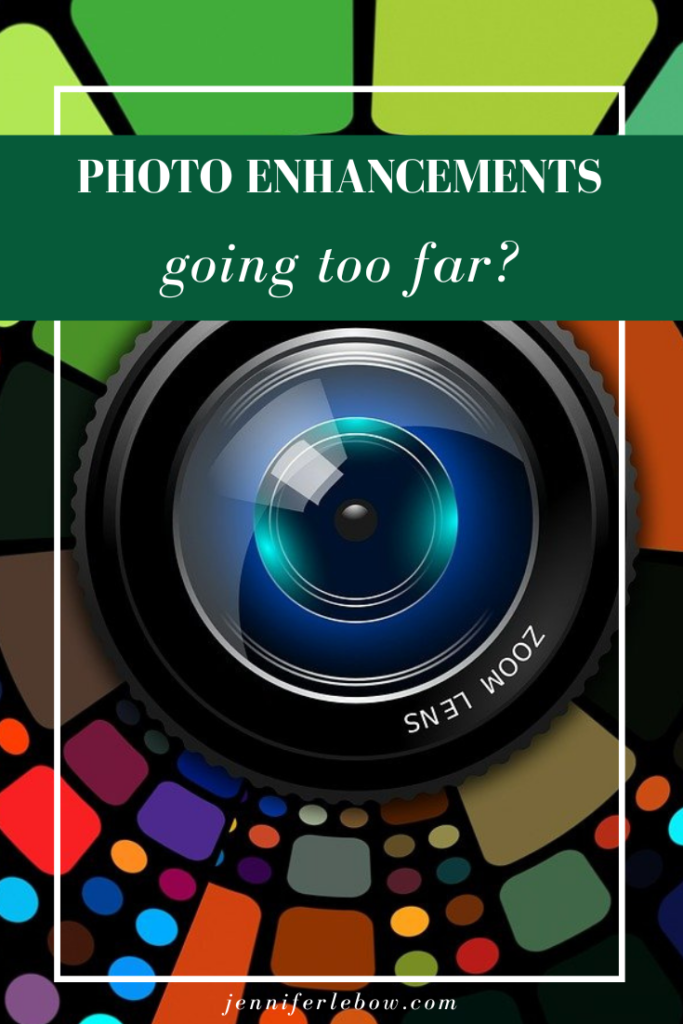
Digital photography editing
In the world of digital photography, the opportunities to change a photograph are countless. It started with getting rid of glare, adjusting contrast or fine tuning the color balance. It’s a slippery slope, though. For example, many pictures feature overly saturated colors, so lawns look rich and lush in the pictures, but are truly bleached out in person.
Not only can you remove unappealing parts of an image; you can add things, too! In most cases, listing agents add things when the home being photographed is empty or has less than the expected furnishings. Virtual staging is the name for adding beds, tables, sofas, chairs, dressers, plants, rugs, art, etc. to demonstrate what a vacant space could look like if set up in a certain way.
Significantly altered images
Personally, as a real estate agent, I can live with the digital enhancements I’ve just described. It gets much worse though: now you can have objects or blemishes removed by digital providers. So you know that pet stain on the wall-to wall beige carpet in the living room? Gone! Even more concerning, as far as not accurately representing the actual property, these digital magicians can show the spaces with significant changes/”renovations”. They can replace flooring so a room appears to have brand new hardwood. I saw a photograph of a large living room that had been altered to show a vaulted ceiling and added windows that didn’t actually exist, which portrayed a space that was a complete fabrication and bore no resemblance to the real room. While agents are required to indicate that the images have been digitally altered, the fine print is often very fine, indeed.
What crosses the line?
I find myself wondering where the line is between acceptable embellishment/correction and irresponsible misrepresentation. Of course, as listing agents, we all want to sell our listings, and the primary tool to encourage prospective buyers to tour a property is appealing photography–but shouldn’t the photographs be of the space in question and not a fantasy version of what it could look like if every surface (and often even the structure) were changed? Supporters argue that buyers often have difficulty envisioning how much better the house could look with some updating. So some agents feel like showing buyers these altered images (of what wallpaper removal/paint could look like, or how the living room would look with hardwood floors vs. stained carpet, or how the kitchen would look if it were remodeled) enables them to see a version of the property they might like. The idea is that if the buyer can see how nice the house could be, it might be worth it to purchase it and make the updates.
I’m not convinced, though. First the remodeled version being shown in the enhanced pictures is only one way the space might be changed. The reality is that each buyer who might consider a major update would conceive a different final product, with different colors, finishes, etc. So to arbitrarily choose one, seems a bit odd to me. What bothers me the most, though, is that it is fictitious. If you ask yourself what the role of the listing photography is, I’d say that it is to show (yes, in its best light) what the house and property look like. The pictures are intended to let buyers decide if the layout, size, and condition of the property makes it a possible fit.
Possible parameters
Maybe if agents were required to make it more obvious which pictures were “improved” it would be better. I also think that if they do choose to show “remodeled” rooms (with changes in finishes/structure), they should have to provide accurate cost estimates for thoese upgrades. That way, consumers who like the upgrades have an idea of what it would cost to make those changes. Curious what other people think….
If you are relocating to the Philadelphia/Main Line area, please go to my blog page and search for posts using the relocation tag. Contact me to discuss your Philadelphia area relocation! jen@jenniferlebow.com/610 308-5973


Leave a Reply